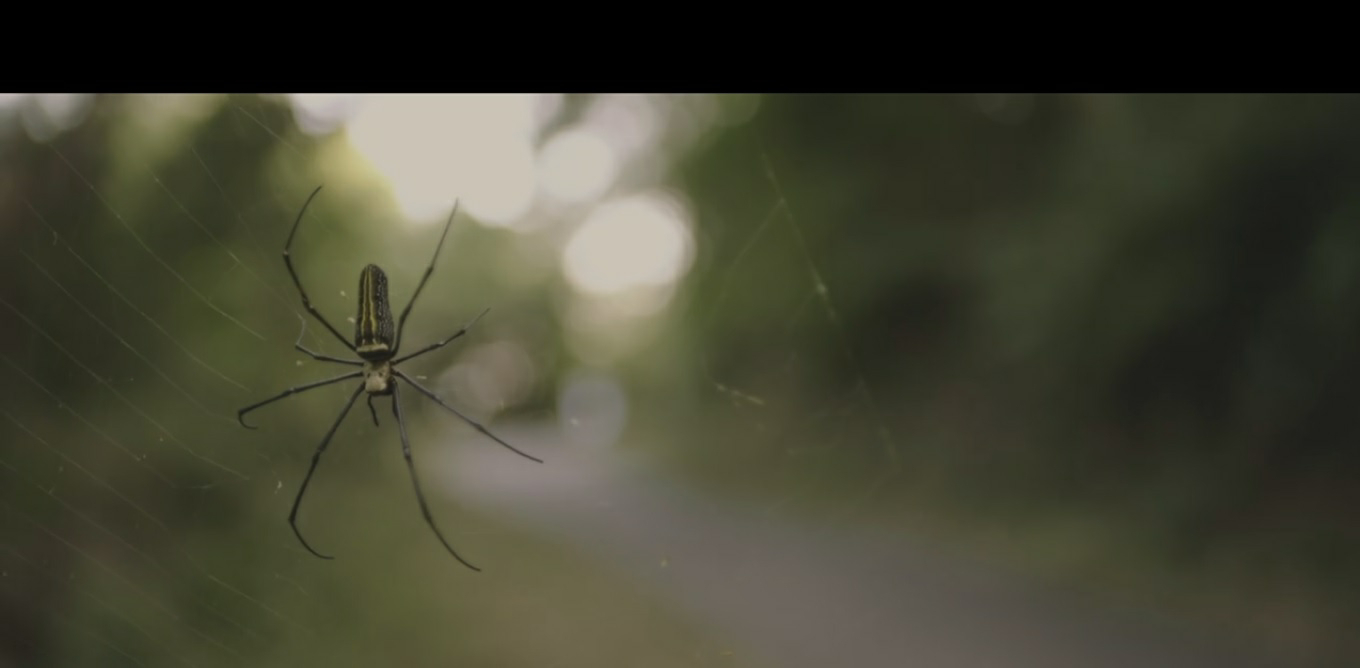Kammatipaadam and Snowpiercer
Art as a form of
expression, in general, takes two distinct styles. One that depicts what an
artist observes as it is and the one that expresses what the artist feels and
perceives about them.
Like every art, cinema can either visualize social reality as it is or can take the metaphorical route. The end purpose is to make the consumers of art introspect themselves.
Kammatipadam and Snowpiercer are two distinct yet closely related films on systematic exploitation either by caste or class. Kammatipadam takes the realistic route, and Snowpiercer turns to the metaphorical course to bring it out the nature of the system that runs on exploitation forcing the people to fight against each other. In contrast, the system continues to devour the fruits of sacrifices and labour.
Kammatipaadam's
story is rooted in the village's transition into a sprawling urban centre,
consuming the blood and sweat of Dalits and their land. The change shows the actual
beneficiaries and the exploitation and the sufferings the poor Dalits were made
to undergo while the wealth of the few grows leaps and bounds.
Snowpiercer, on the
other hand, takes the viewer into an imaginary construct of a train running in
a post-apocalyptic world filled with snow. The train is separated into
different classes representing the actual class divide in our world. The train
becomes a microcosmic representation of an exploitative society.
Both cinemas project
a world where the people inhabiting it were not living there of free will. The people
were made to live in the system with the belief there were no alternatives
outside this system. They were groomed to benefit the exploiters of the system.
Kammatipadam has
Aasaan grooming Balan and his gang, while Snowpiercer has Wilford micromanaging
every bit of life on the train. Wilford and Aasan enrich themselves by making
Balan and Curtis fight with their own class, destroy lands and kill their people.
Like any
exploitative system, Aasaan and Wilford care more about the system's survival
than the people surviving in it. Without remorse, both the system proponents
propagate violence to balance themselves and reduce the opposition. It's either
balan or Curtis who unknowingly carries out the violent plans much to cause
distress and distract them from reforming or questioning the system.
As with any god art,
both movies pose an existential question to viewers. Does Krishnan and Curtis's
success in killing Aasaan and Wilford end the exploitation in the system they
inhabit?
In both the real and
imaginary system, people are made to believe the perpetuity of the system. They
neither question the viability of the system nor about its restructuring.
People were made to fight within the system and not with the system. The
rebellion was aimed only at taking control of the system or killing the one in
control.
In reality, no system is permanent and there is always a chance for the revolution. it could be either a revolution that is brewed from the inside of the system or some external triggers. whether it is an external trigger like an avalanche,
climate change or Covid-19 or an internal revolution, it could force stop the system and demand it to
reinvent itself.
The question, however, is whether we can rebuild
the world in terms totally different from the current one that concerns equal
rights to live. Will we ever have the courage and knowledge to restructure
ourselves entirely or thread down the same path to destruction
Snowpiercer being the metaphorical one, puts the
question of thinking ahead about the future system, while kammatipaadam being
realistically grounded, demands you to question the system that stands on the
land taken from the marginalized



Comments
Post a Comment